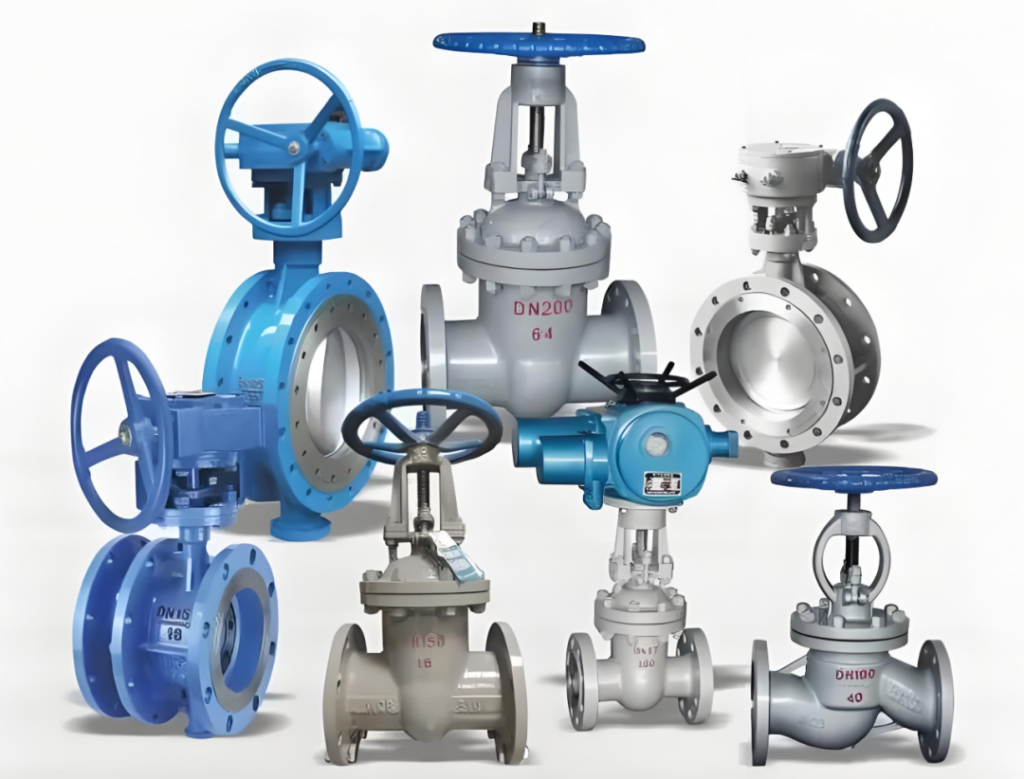Overload Protection and Selection Guide for Motorized Valves: Motorized valves, an electrically powered device whose motion can be achieved by precise control of stroke, torque or axial thrust. However, the operating characteristics and performance of motorized valves are strongly influenced by the type of valve, its operating specifications and its location in the pipeline or equipment. Therefore, it is particularly important to select the correct motorized valve unit and take measures to prevent overloading (i.e., operating torque exceeding control torque) from occurring. In the past, motor protection often used fuses, overcurrent relays, thermal relays and thermostats and other means, but these methods have their own advantages and disadvantages. For such equipment as electric valves with variable loads, it is not easy to find an absolutely reliable protection method. Therefore, we usually adopt a combination of methods to protect the motor.
However, due to the different load conditions of each electric valve, it is difficult to develop a unified protection scheme. However, by analyzing multiple situations, we can find some common points. At present, the overload protection methods of electric valves are mainly divided into two kinds:
- monitoring the increase or decrease of the motor input current: by monitoring the fluctuation of the motor current, we can determine whether the motor is in an overload condition.
- monitoring the heating of the motor itself: by sensing the rise in temperature of the motor, you can indirectly determine whether the motor is overloaded.
However, it should be noted that both methods need to consider the thermal capacity of the motor and the given time margin. It is difficult for a single protection method to fully match the thermal capacity characteristics of the motor. Therefore, in order to realize comprehensive overload protection, we should choose the composite method that can act reliably according to the cause of overload.
In the mining series electric valve, the basic protection methods of overload include: - thermostat protection: used for overload protection when the motor is in continuous operation or pointing operation. When the motor temperature is too high, the thermostat will automatically cut off the power supply to prevent the motor from overheating and damage.
- Thermal relay protection: for protection when the motor is blocked. When the motor is overheated due to blocking, the thermal relay will act to cut off the power supply to protect the motor from damage.
- Fuse or overcurrent relay protection: Used for short circuit accident protection. When a short circuit occurs, the fuse will fuse or overcurrent relay will act to quickly cut off the power supply to prevent short-circuit fire and electric shock caused by the accident. In summary, the correct choice of electric valve device, and take effective overload protection measures, is to ensure the safe and stable operation of electric valve key.
